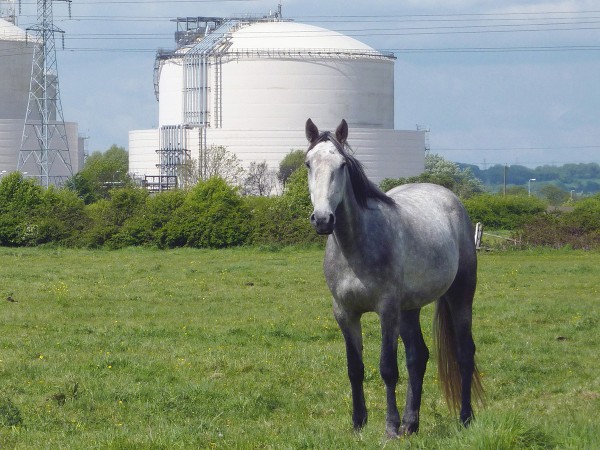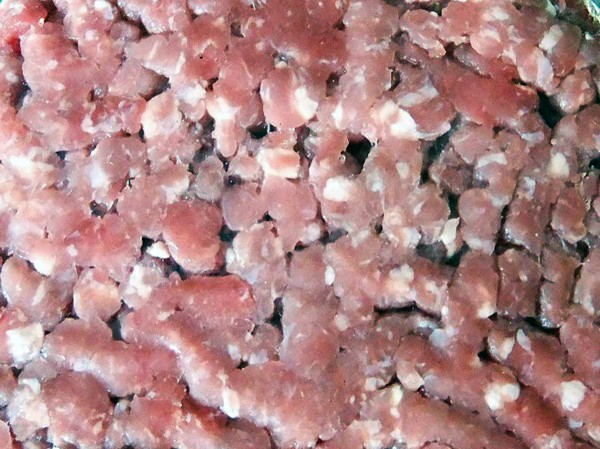Supply in chains
 The news in many European countries has been dominated in February by the ‘horse meat scandal’. Small traces of horse meat may be the result of faulty quality control. But the significant amount of horse found in several processed meat products suggest fraud at one or more points in the supply chain from farm to supermarket or other outlet. Indeed several specific suppliers, from abattoirs to processors are facing criminal investigation.
The news in many European countries has been dominated in February by the ‘horse meat scandal’. Small traces of horse meat may be the result of faulty quality control. But the significant amount of horse found in several processed meat products suggest fraud at one or more points in the supply chain from farm to supermarket or other outlet. Indeed several specific suppliers, from abattoirs to processors are facing criminal investigation.
The scandal has put the supply chain under intense scrutiny. Part of the problem is that the supply chain is often very long and complex. As the Guardian article states:
The food and retail industries have become highly concentrated and globalised in recent decades. A handful of key players dominate the beef processing and supermarket sectors across Europe. They have developed very long supply chains, particularly for their economy lines, which enable them to buy the ingredients for processed foods from wherever they are cheapest at any point, depending on exchange rates and prices on the global commodity markets. Networks of brokers, cold stores operators and subcontracted meat cutting plants have emerged to supply rapidly fluctuating orders “just in time”. Management consultants KPMG estimate there are around 450 points at which the integrity of the chain can break down.
Then there is the huge pressure on all parts of the supply chain to reduce costs.
 Supermarkets use their market power to drive down the prices of the products they buy from their suppliers and this has a knock-on effect backwards down the supply chain. This pressure has intensified as real wages have fallen and consumers have found their budgets squeezed.
Supermarkets use their market power to drive down the prices of the products they buy from their suppliers and this has a knock-on effect backwards down the supply chain. This pressure has intensified as real wages have fallen and consumers have found their budgets squeezed.
At the same time, beef and other meat prices have been rising as the costs of animal feed have soared. This all puts tremendous pressure on suppliers to add cheaper ingredients. Again to quote the Guardian article:
Manufacturers add other cheap ingredients including water and fat, and use concentrated proteins to bind the water and fat in. They may appear on labels as ‘seasoning’. One of the cheapest sources of these protein additives is pork rind. It is possible that horse hide is now also being used. The widespread adulteration of cheap chicken breast with pig and beef proteins and water has been uncovered in previous scandals. The beef proteins were derived from hydrolysed cattle hides. It is not illegal to use these protein concentrates so long as they are identified correctly to the manufacturer.
It is not surprising that if cheap horse meat becomes available to suppliers, such as from old horses towards the end of their working lives, some processing companies may be tempted to add it fraudulently, stating that it is beef.
The articles look at the issues of long and complex supply chains in the processed food industry and assess why they have evolved into their current form and the difficulties in regulating them.
Horsegate: heed economics of the cold chain The Grocer, Andrew Godley (16/2/13)
Horsemeat scandal: the essential guide The Guardian, Felicity Lawrence (15/2/13)
After the horse has been bolted The Economist (16/2/13)
Slavery, not horse meat, is the real scandal on our doorstep The Telegraph, Fraser Nelson (14/2/13)
Industry must take the reins on food safety Globe and Mail (Canada)Sylvain Charlebois (15/2/13)
Supply chains changed the growth model The Economist, Richard Baldwin (15/8/12)
Supply-chain management The Economist (6/4/09)
Tesco pledges to open up supply chain after horse meat scandal The Telegraph (16/2/13)
Horse meat scandal: Shoppers who buy ‘cheapest food’ at risk The Telegraph, James Quinn, Jason Lewis and Patrick Sawer (16/2/13)
Let Them Eat Horse Bloomberg, Marc Champion (15/2/13)
Scandal shows meat supply chain must be policed heraldscotland (14/2/13)
MPs push for new powers for FSA as officials seize yet more suspect meat Independent, Martin Hickman (13/2/13)
Questions
- Why do supermarkets and their suppliers use long supply chains?
- Explain the concepts of ‘countervailing power’ and ‘monopsony or oligopsony power’? How do they apply in the processed meat supply chain?
- Identify the types of transactions costs in the processed meat industry.
- In what ways do consumers (a) gain and (b) lose from such supply chains?
- Why is the problem of fraud in processed food supply chains likely to have intensified in recent years?
- How have supermarkets reacted to the horse meat scandal? Why has it taken the scandal to make them react in this way?
- To what extent is the problem simply one of inaccurate labelling?
- To what extent is there a principal–agent problem in the processed meat supply chain?